The Paraw Regatta in Iloilo is Really Wow!
Posted By philippine evolution staff on January 24, 2012

philippine-evolution.com
PARAW REGATTA
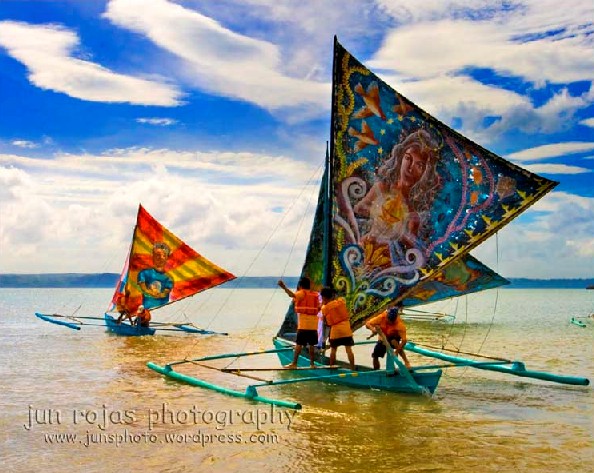 Photo from: junsphoto.wordpress.com
Photo from: junsphoto.wordpress.com
Now on its 39th year, the Iloilo Paraw Regatta is the oldest traditional craft event in Asia, and the largest sailing event in the Philippines. The Iloilo Paraw Regatta Foundation currently organizes the activities, with leading support from the Iloilo City and Provincial Governments and the Department of Tourism, along with private sector donations.
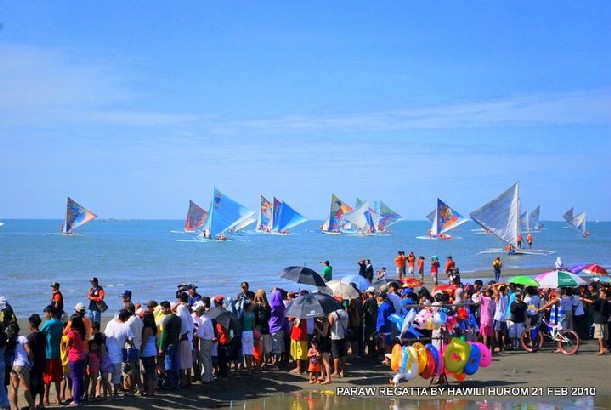 Photo from: iloilo-travel-guide.blogspot.com
Photo from: iloilo-travel-guide.blogspot.com
Activities have been expanded to spread over a week. On the Saturday of the climactic weekend there is slalom racing on a course by the beach to facilitate crowd participation. On the Sunday, the thirty-kilometer distance race is sailed on a course in the Iloilo Strait, running up the coast of Panay and then down the coast of Guimaras, before returning to the finish at Villa Beach. Participant exposure to the events is in the tens of thousands.
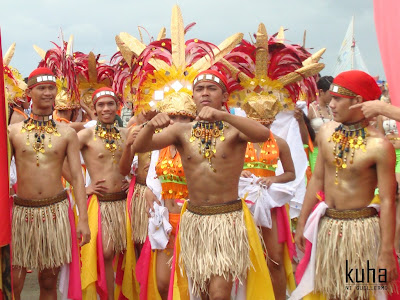 Photo from: kuhaniguillermo.blogspot.com
Photo from: kuhaniguillermo.blogspot.com
The geophysical shape of the Iloilo Strait provides year round breezes. Thus the working sailboat still predominates. In these times of high fuel costs, and polluting oil spills, one can appreciate the simple ecology of the traditional paraw. Nevertheless, the skills needed to sail are far more complex.
 Photo from: thinkphilippines.com
Photo from: thinkphilippines.com
The objective of the Regatta is to celebrate the skills of the paraw sailors, and bring a fiesta spirit into their lives. And with the colorful painted sails, this spirit is brought into the lives of participants and tourists as well.
A PERSPECTIVE OF THE PARAW
The principal attraction of Iloilo Paraw Regatta are the double outrigger boats called “paraw”. This native sailboat has been in existence for no one knows how long. But the fact remains that the people of the Iloilo Strait are still to this day using the paraw as a means of transportation as well a source of livelihood. With a fresh breeze, and an Ilonggo at the helm, the paraw is a strikingly fast boat, making 20 to 30 kph through the waves. Indeed, the paraw was the inspiring prototype from which the Westerners have developed what they call the trimaran, the fastest sailboats now on the planet.
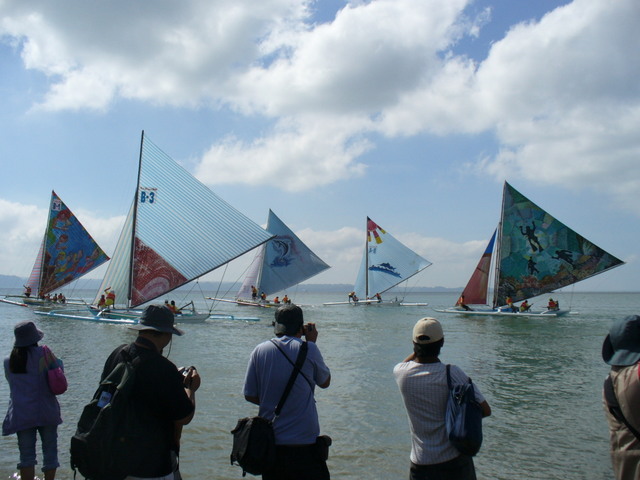 Photo from: pinoytravelblog.com
Photo from: pinoytravelblog.com
Paraws are fitted with outrigger floats of bamboo to stabilize the boat and prevent the slim main hull from tipping over. The outriggers curve upward toward the bow to refine their impact on the waves, and most importantly serve as platforms on which the crew can stand to use their weight to create further stability against the tipping force of the wind in the sails. For maximum speed, the outrigger will not be submerged, but just kiss the surface of the water.
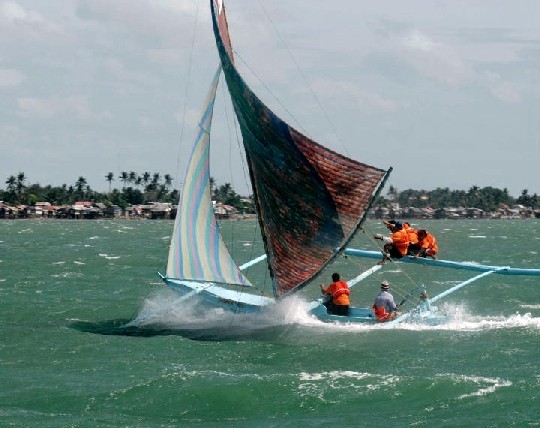 Photo from: horsesmouth.typepad.com
Photo from: horsesmouth.typepad.com
Built up from a carved keelson with plywood planking for the sides, the hull is pointed at both the front and back ends, with the rudder hung off the side astern. The key feature of the hull is its slim shape, with a length to beam ratio of 20 to 1. Such proportions create a knife-like effect to cut through the water, freeing the boat from displacement constraints. Also, sideways drift, or leeway, is largely eliminated. For racing purposes, the boats are divided into classes on the basis of waterline length.
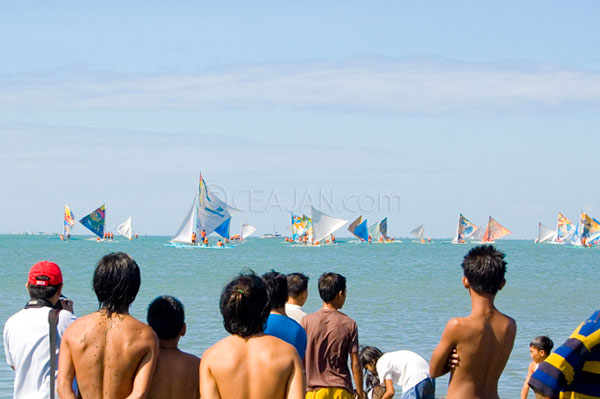 Photo from: philippine-faces.blogspot.com
Photo from: philippine-faces.blogspot.com
Originally made from woven matting, sails nowadays are stitched up from synthetic awning materials. The small forward sail, or blade jib, feeds the wind into the powerful, low-aspect driving mainsail, the boom of which extends several feet beyong the boat’s hull. In ideal conditions, the paraw can sail close to the speed of the wind. For racing, no limits are imposed on the size of the sails.
Text source: iloiloparawregatta.com
RECOMMENDED READINGS:
 Float Your Boat!: The Evolution and Science of Sailing – An estimated 4.1 million people in the United States participate in recreational sailing. Yet the large library of sailing literature leaves many of them high and dry. On one side are technical guides for America’s Cup boat-builders; on the other, simplistic books for weekend sailors with little interest in science. In Float Your Boat! professional and amateur boaters alike will find intelligent and understandable answers to such questions as: What were the key innovations that made sailboats more efficient? How do you increase the speed of a boat? How do sailboats travel into the wind? Why are so many explanations of sailing so wrong?
Float Your Boat!: The Evolution and Science of Sailing – An estimated 4.1 million people in the United States participate in recreational sailing. Yet the large library of sailing literature leaves many of them high and dry. On one side are technical guides for America’s Cup boat-builders; on the other, simplistic books for weekend sailors with little interest in science. In Float Your Boat! professional and amateur boaters alike will find intelligent and understandable answers to such questions as: What were the key innovations that made sailboats more efficient? How do you increase the speed of a boat? How do sailboats travel into the wind? Why are so many explanations of sailing so wrong?
Sailing enthusiast and physicist Mark Denny first traces the evolution of the sailing craft, from prehistoric coracles made of animal skins and antlers to the sailboat’s reinvention as a pleasure craft during the Industrial Revolution. He then identifies specific sailing phenomena—how wind drives modern Bermuda sloops, how torque determines stability, why hull speed exists—and provides the key physics principles behind them.
Whether you are an inquisitive landlubber who has never set foot in a boat, a casual weekend sailor, or an old salt who lives for the sea, Float Your Boat! is an accessible guide to the physics of sailing. GET YOUR COPY
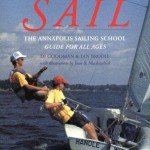 Learning to Sail: The Annapolis Sailing School Guide for All Ages – This book is about learning to sail. It follows the techniques perfected at the world-famous Annapolis Sailing School, where thousands of people just like you have learned to take tiller in hand and harness the wind. You’ll learn your way around a boat–what its parts are called, what they do, and how to use them to ride the wind wherever you want to go.
Learning to Sail: The Annapolis Sailing School Guide for All Ages – This book is about learning to sail. It follows the techniques perfected at the world-famous Annapolis Sailing School, where thousands of people just like you have learned to take tiller in hand and harness the wind. You’ll learn your way around a boat–what its parts are called, what they do, and how to use them to ride the wind wherever you want to go.
Read this book, spend some time on a boat, and practice your new skills, and pretty soon you’ll be a sailor, one of a select group of people who think there’s nothing finer than hiking out to windward in a close-hauled dinghy–racing against friends or a neighboring sailing club, or alone and just for the fun of it. 5 out of 5 stars. GET YOUR COPY
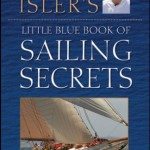 Peter Isler’s Little Blue Book of Sailing Secrets – From one of the world’s most respected sailors-the knowledge and secrets every sailor needs
Peter Isler’s Little Blue Book of Sailing Secrets – From one of the world’s most respected sailors-the knowledge and secrets every sailor needs
Peter Isler, two-time America’s Cup winner, has sailed in and won hundreds of races over the last forty years. In that time, he has acquired a vast array of knowledge about sailing techniques and tactics, not to mention a boatload or two of entertaining stories along the way. In this book, he brings them all together into a single guide to help you make the most of your time on the water, whether you’re going for a leisurely sail with friends or competing to win.
- Filled with tips and secrets every sailor craves, from the international competitor to the weekend dinghy sailor
- Includes wisdom and advice gleaned from Peter’s time spent sailing with top international sailors, from America’s Cup veterans Ted Turner, Dennis Conner and Russell Coutts to and three-time Olympic gold medalist Ben Ainslie
- Covers a range of important sailing topics, including understanding the inner game, leading a team, reading the wind, preparing your boat (and yourself), and much more
Filled with information that will help you become a better sailor, Peter Isler’s Little Blue Book of Sailing Secrets is an invaluable source of guidance you’ll rely on every time you set sail. 5 out of 5 stars. GET YOUR COPY
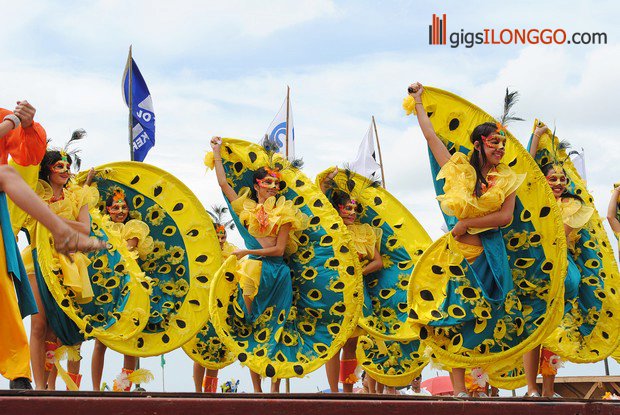
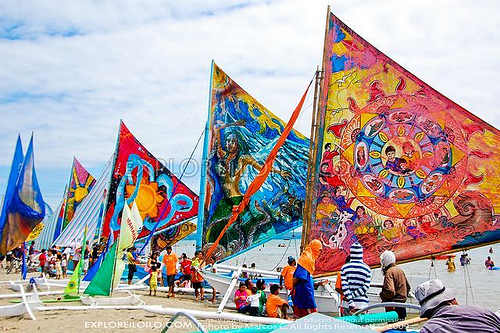
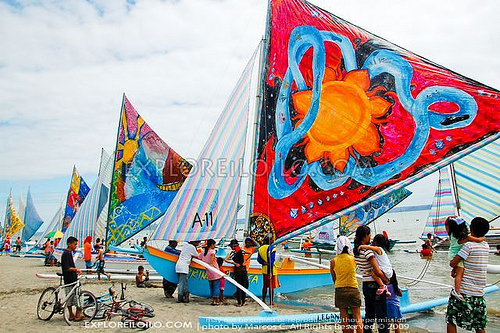
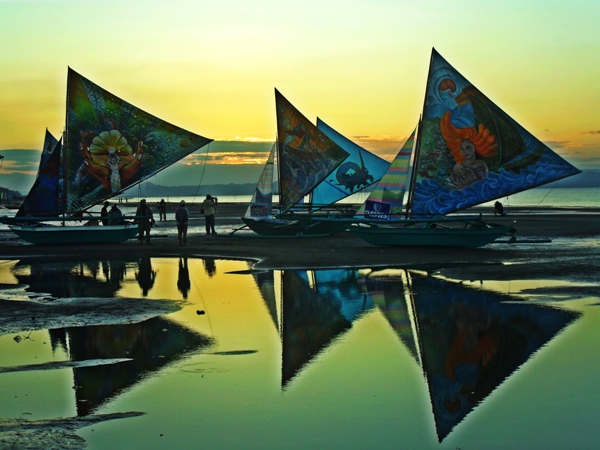
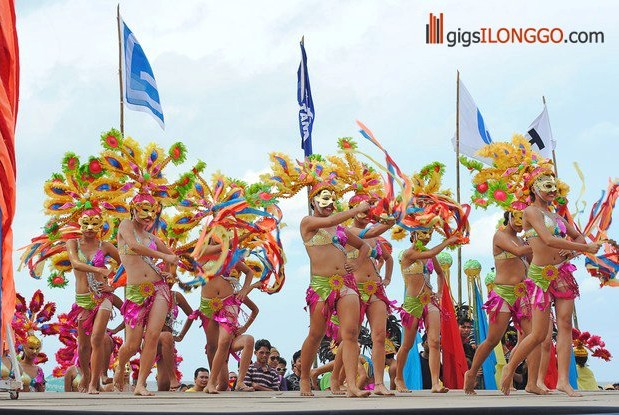
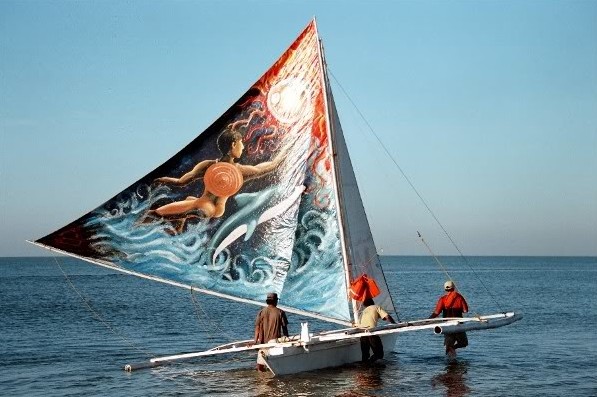
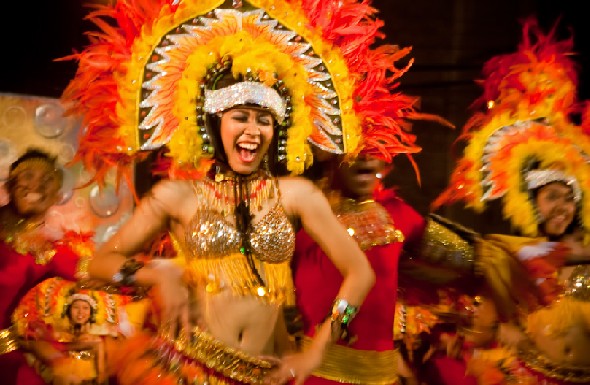
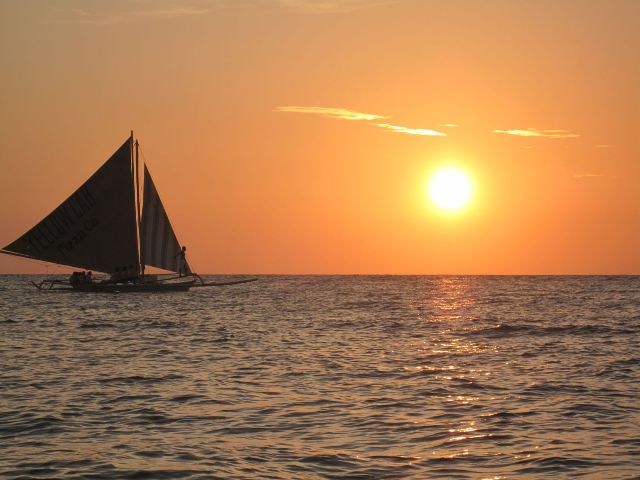
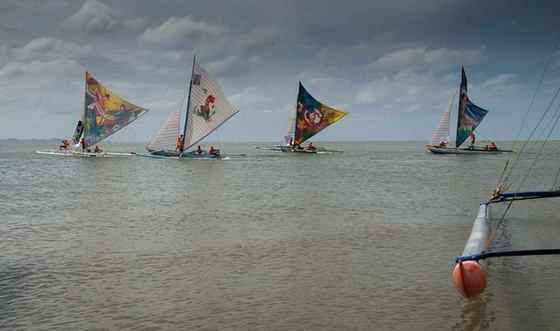
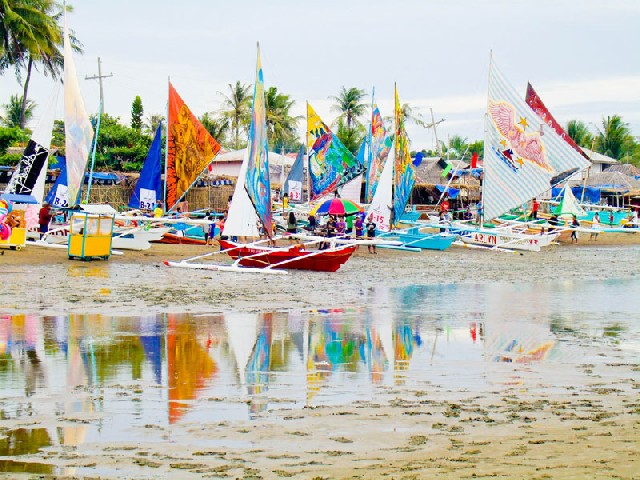

Comments